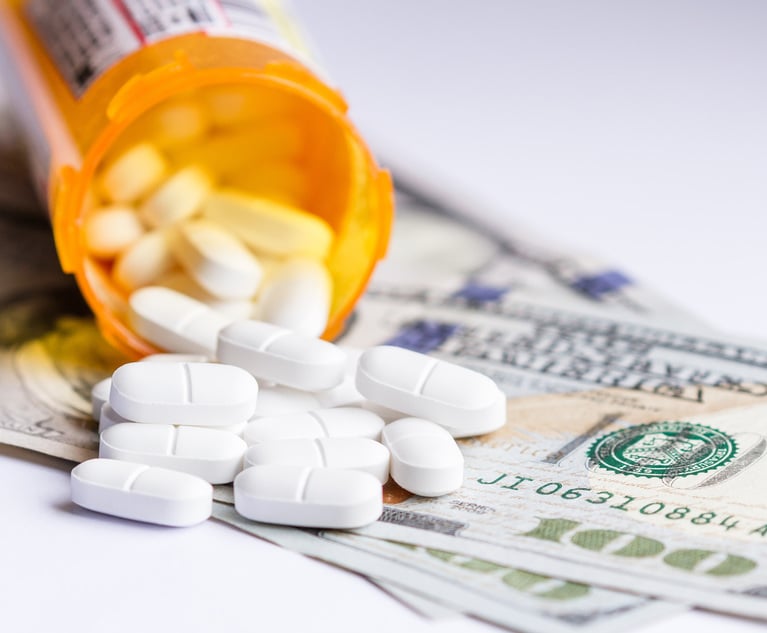Thousands of critically displaced Saipan residents have begunclean-up efforts after Typhoon Soudelor ravaged the island inthe Western Pacific ocean. With winds measuring up to 105 mph whenthe storm hit, the Category 2 typhoon left hundreds of peoplehomeless and most of the island's 53,000 residents to dispose ofdamaged property. Texas residents were faced with the same dilemmafollowing a spring flooding that was declared a major disaster byPresident Obama. Flood waters destroyed many homes in San Marcos,requiring residents to clean up debris and other waste productsbefore rebuilding. In addition to spoiled food and damagedfurniture, they also may be faced with hazardous chemicals.
|Related: 8 tips for cleaning up after aflood
|Rebuilding or cleaning up storm-damaged homes or buildings isnot as simple as 1-2-3, but there are safety precautions that youcan take in the event of a storm to prevent or minimize chemicalleaks and safely remove hazardous wastes when the weatherclears.
|The Environmental ProtectionAgency (EPA) advises people to be alert in locating andidentifying leaking containers and household chemicals, such ascaustic drain cleaners and chlorine bleach.
|Michael A. Pinto, CEO, Wonder MakersEnvironmental, of Kalamazoo, Mich., said there usually arevisible clues that can help in identifying spills and leaks, suchas oil floating in the water or hanging on the side of a drywall where there’s a lot of damage. “You can also smell things,“ hesays. “The best approach is to just assume that everything that wastouched by that storm water is contaminated,” because there mightnot be a lot of clues.
|Pinto advises agents and brokers to tell homeowners that whenthere is a major storm, they should get acquainted with the type ofstorm, which will determine what is to be done to protect chemicalspills and leaks. If you're in low-lying areas, where the primaryconcern is flooding, take hazardous chemicals, such as paints,cleaners, and gasoline, separate them in plastic containers andmove them to the upper floors. If you're inland, where the brunt ofthe storm will be high winds and wind-driven rains, then move thechemicals to lower levels. For example, if the chemicals are inupstairs bathrooms, move them downstairs or to thebasement.
|EPA has provided the following six tips on how residentscan safely remove household hazardous waste.
||
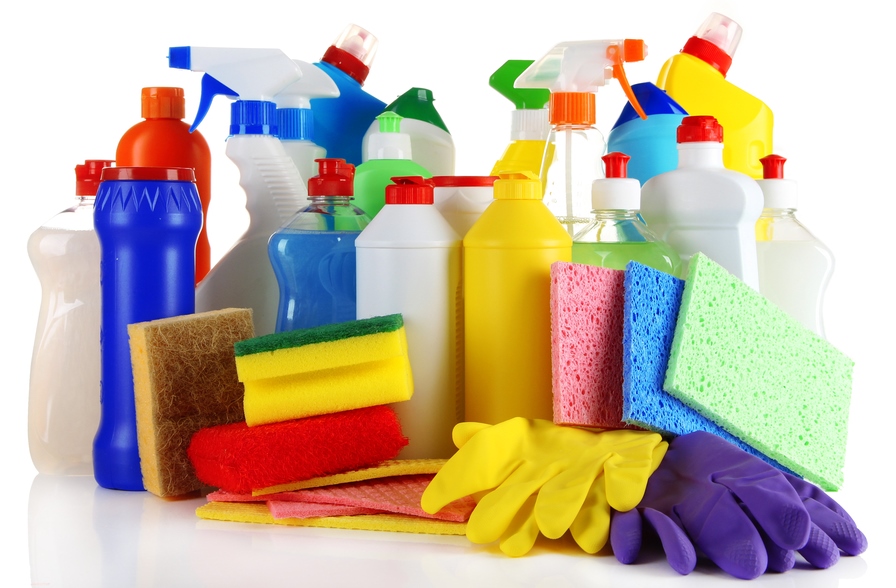
(Photo: Shutterstock/Africa Studio)
|1. Don't combine chemicals.
|Mixing household chemicals and cleaners can produce potentiallytoxic vapors that can be very dangerous, even deadly. Somehousehold chemicals are basic, and some are acidic; mixing them canmake some end products ineffective, while others may reactviolently to cause chemical burns. You don't know what kind ofreaction you'll get, says Pinto, " but most of them are going to bebad." He adds that simple household materials, such as bleach andammonia—when mixed—can quickly become phosgene gas, which is acolorless deadly gas. Other mixtures, such as gasoline and rubbingalcohol can create explosives.
||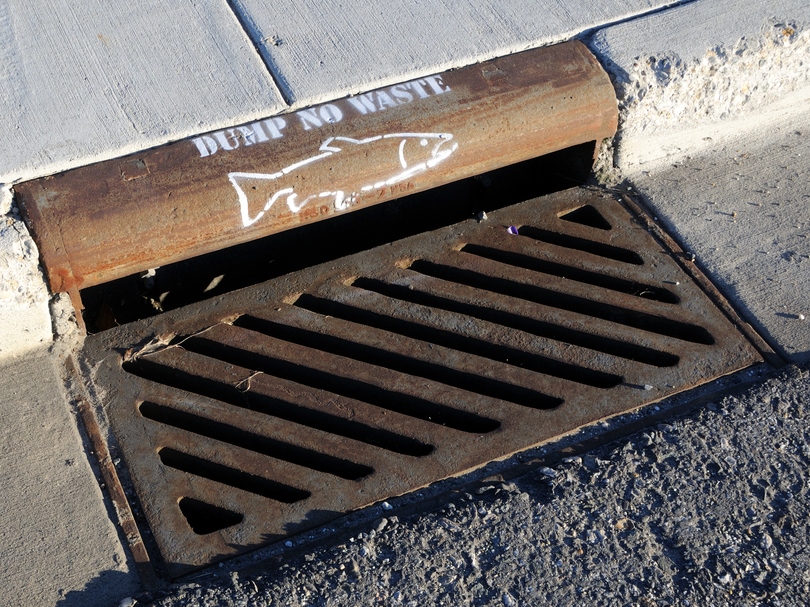
(Photo: Shutterstock/Gary Whitton)
|2. Don't pour chemicals down storm sewers, drainsor toilets.
|Dumping chemicals down the toilet or drains may contaminate thepublic water supply and could introduce toxic chemicals to themarine environment, potentially damaging our ecosystems. "You neverwant to put anything into the storm drain because that just puts itback into the river and the oceans, and that could be bad from anenvironmental standpoint," says Pinto.
|Wastewater treatment plants also can become overwhelmed after astorm, he adds, "and if [people] start adding all of these extrachemicals and hazardous materials," it somehow worsens thesituation. He suggests getting garbage cans or bags to put thechemicals in, or using the centers or collection points usuallymade available by the government specifically to handle hazardouswastes after a major storm.
||
(Photo: Shutterstock/Monticello)
|3. Don't burn household chemicals.
|Burning household chemicals can lead to inhaling pollutants,which can increase health risks. Children, the elderly and peoplewith preexisting respiratory conditions can be adversely affected.When burning debris, separate the following for properdisposal: automotive and marine batteries; pesticide cans;automotive oils; fuels and fluids; solvents; paint thinners andstripper; and compressed gas containers.
|Pinto suggests that when cleaning up after a storm, people withrespiratory or other health conditions use a good respirator,such as the N100, not just a dust mask. He said anyclean-up effort used will take the chemicals that are contaminatingthings and make them airborne, so “you end up getting it inthe air no matter how careful you try to be,” and this could leadto serious health issues.
|Related: The Dangers of Combustible Dust
||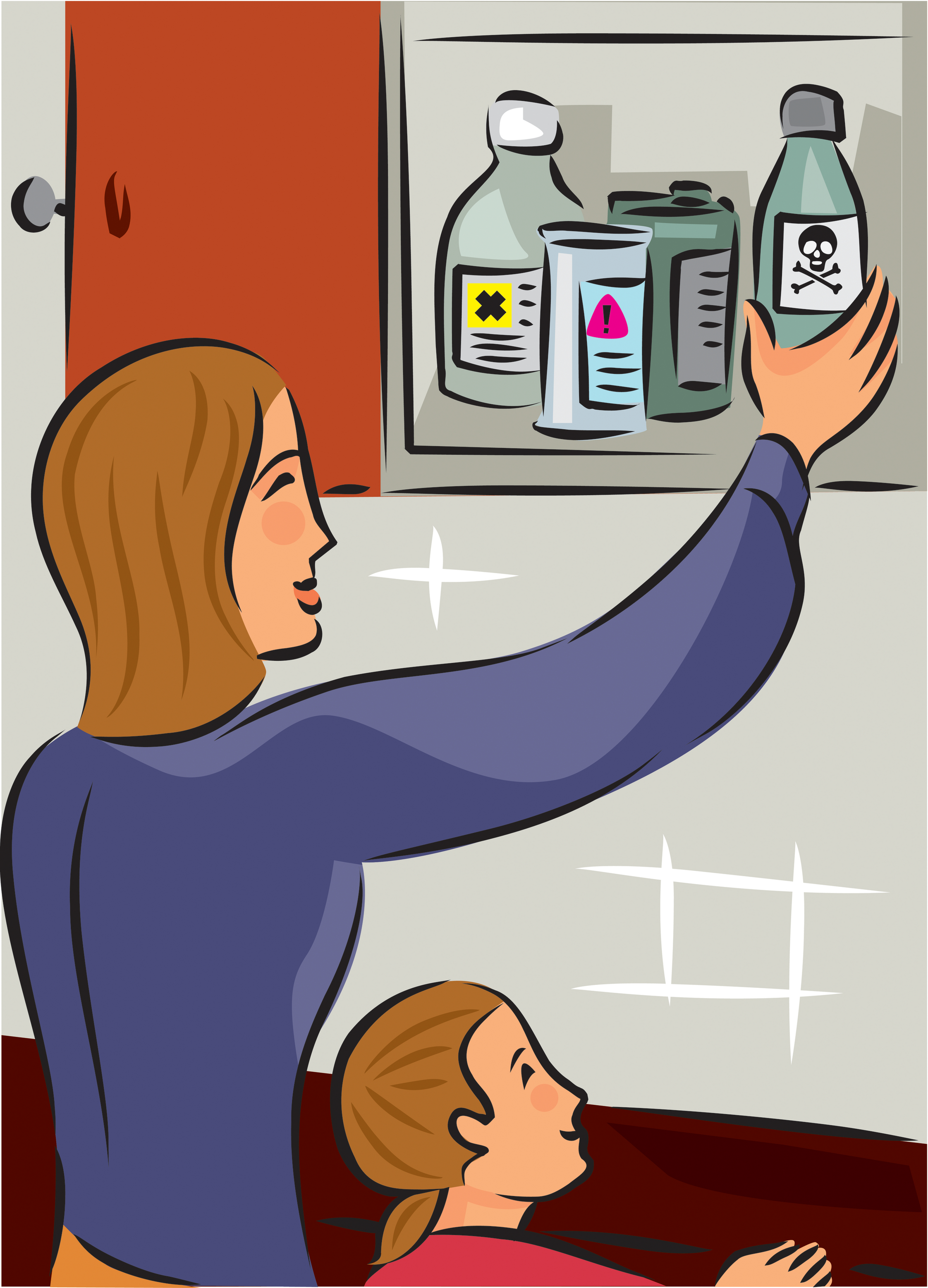
(Photo: Shutterstock/Sparkstudio)
|4. Keep children and pets away from leaking orspilled chemicals.
|Children and pets are susceptible to the effects of exposure tohazardous chemicals.
|Call 9-1-1 if you suspect someone has been exposed to dangerouschemicals.
|Report chemical spills to local authorities or the EPA NationalResponse Center by calling 1-800-424-8802.
||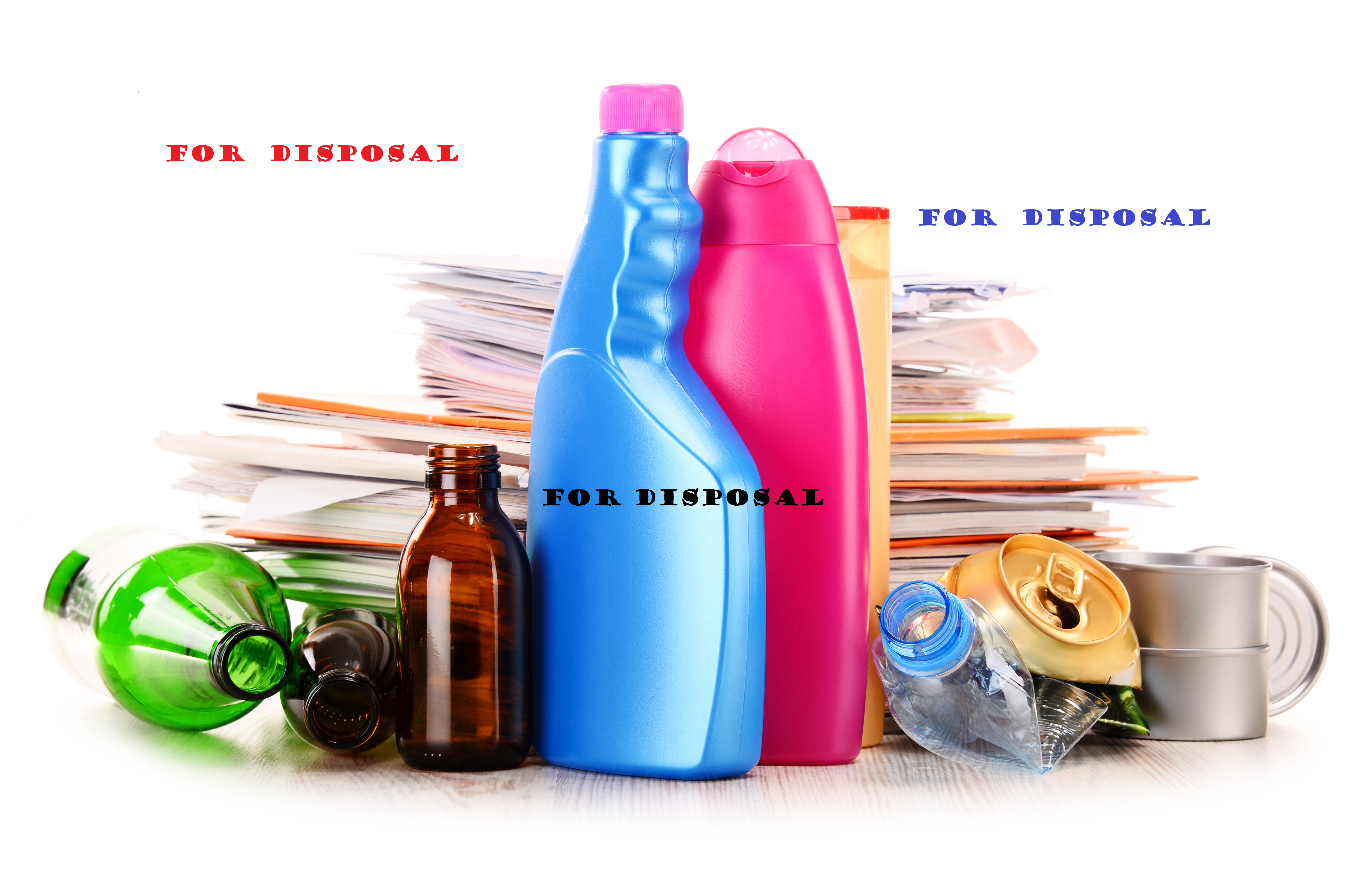
(Photo: Shutterstock/Monticello)
|5. Mark and set aside unbroken containers for properdisposal.
|Some people tend to wash and store unbroken containers ofchemicals after a storm, hoping to use them in the future. Pintosays that most of the things that we as homeowners tend tostore—assuming that we're going to use them in the future—we makeefforts to wash off but "we don't know if we've gotten it 100%clean." If the item was in an area of the home that was impacted bythe flood waters, unless it's very valuable or can be easilycleaned, dispose of it and restock it. He adds that manytimes labels are damaged, and people don't always remember what isor was in the container.
||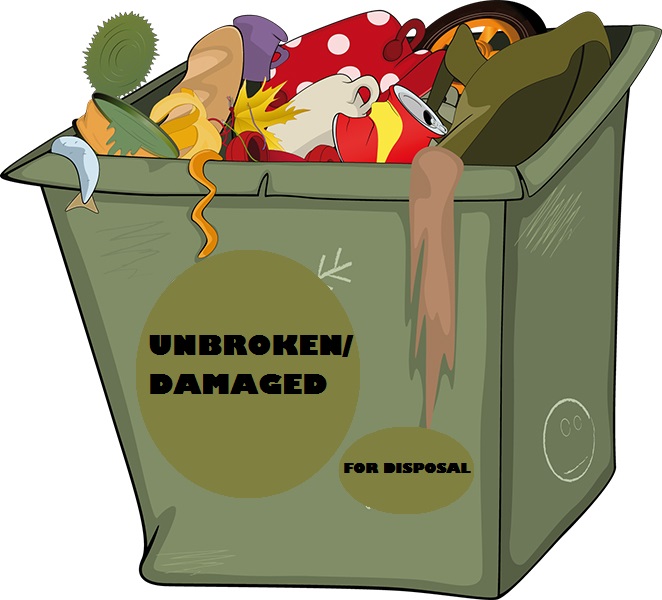
(Photo: Shutterstock/Liusa)
|6. Repackage and label damaged containers.
|In the event of a storm, and especially if your home will beevacuated, Pinto suggests that all hazardous materials be removedfrom bathroom cupboards or closets and be placed in the bathtubwith a closed drain. "Anything that tips over and spills will beeasier to clean up from the tub," he notes.
|To prevent leakage, broken or damaged containers should beplaced in a secondary container and marked and labeled for easyidentification.
|Chemicals also can be moved to the garage, if one is available,where water enters and usually leaves. Chemicals, such asfertilizers, gasolines, pesticides, rat poisons and mothballs, if dispersed, will contaminate finished materials, suchas cement, dry-wall and upholstery. Storing such chemicals outsidethe house will save on the expense of repairs, says Pinto.
||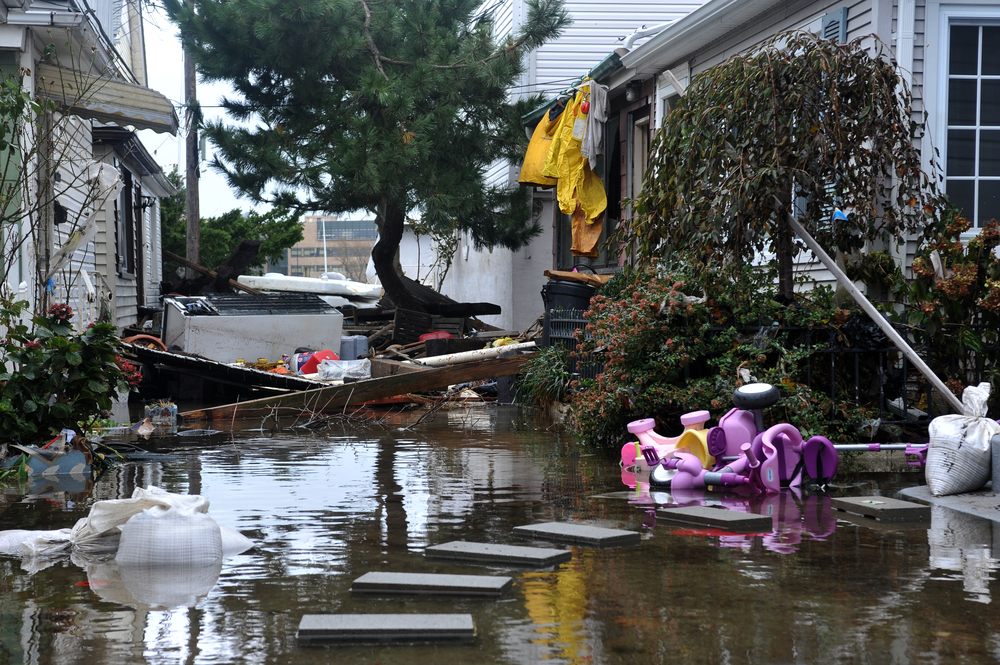
Serious flooding in the Sheapsheadbay neighborhood due tothe impact from Hurricane Sandy in Brooklyn, New York, October 30,2012. (FashionStock.com/Shutterstock.com)
|Here are some additional steps Pinto suggests people consider inthe event of storm:
- Depending on the type of storm and the type of damage, people"have to be aware that there are going to be hazardous materials,most likely in the storm-damaged areas.” After both HurricaneKatrina and Superstorm Sandy, it was pretty clear that the floodwaters—even the ocean flood waters—carried a large number ofhazardous materials, bacteria and viruses, oils, pesticides, andheavy metals that were contaminated.
Pay attention to government restrictions and obeythem. Start cleaning up as soon as emergency officials issueauthorization to move back into the community. Sooner isbetter.
- Depending on the damage, people should seek professional helpif they're unsure of what hazardous materials they may be exposedto. It's extremely important to use protective equipment whencleaning up: “boots, long pants, gloves that come up over thewrists, respiratory protection, eye protection—all of that iscritical,” Pinto says.
Avoid storing chemicals that are very reactive orself-combustible in the home. They could easily start a fire. Anykind of fuel for barbecue grills or camp stoves, law mowers or snowblowers—such as propane gas, gasoline, kerosene ordiesel fuel—is best stored in a garage, not in the house.
Once a year, people should think about spring cleaning. If youfind anything that's been under the sink, in the basement or in thegarage for more than a year and hasn't been used, “dispose of itproperly and replace it,” Pinto says. Use up chemicals, but if youdon't, they're just a danger to keep around.
Businesses usually have compressed gas tanks, often chained towalls, which are likely to be moved by the flood waters andscattered. This could cause safety problems, because the tanks mayleak. Large containers of nitrogen that are leaking can disperse inthe air and could result in suffocation of maintenance personnel oranyone cleaning up. Pinto strongly suggests that businesses havepre-disaster arrangements with a professional restoration company,use efficient breathing apparatus and have clean-up done byprofessionals.
Want to continue reading?
Become a Free PropertyCasualty360 Digital Reader
Your access to unlimited PropertyCasualty360 content isn’t changing.
Once you are an ALM digital member, you’ll receive:
- All PropertyCasualty360.com news coverage, best practices, and in-depth analysis.
- Educational webcasts, resources from industry leaders, and informative newsletters.
- Other award-winning websites including BenefitsPRO.com and ThinkAdvisor.com.
Already have an account? Sign In
© 2024 ALM Global, LLC, All Rights Reserved. Request academic re-use from www.copyright.com. All other uses, submit a request to [email protected]. For more information visit Asset & Logo Licensing.




